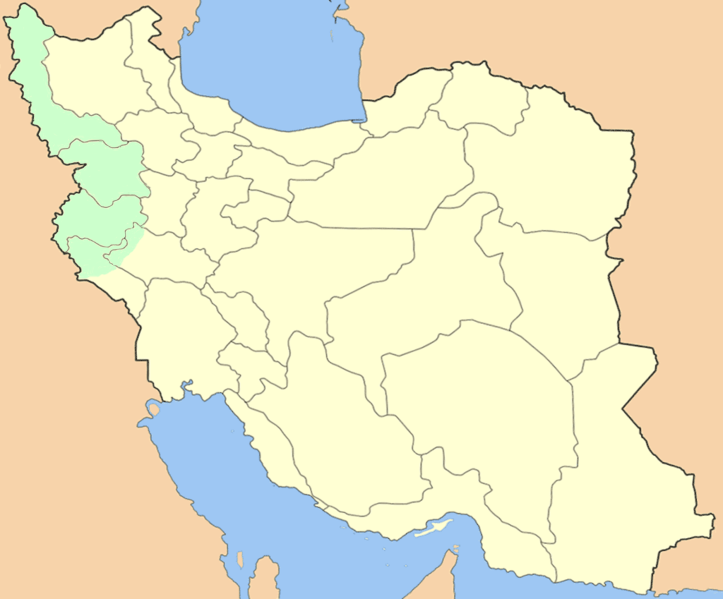A single Iranian combat drone, loitering over Iraq’s Kurdistan Region on 19 July, fired a missile into a pickup truck near the village of Shiwa Gwezan, Panjwin district. The blast killed Simko Kobani, a commander in the East Kurdistan Defense Units (YRK, the military wing of PJAK). It wounded another fighter It was the first such Iranian strike around Sulaymaniyah in months and immediately set Kurdish social media alight, with some outlets initially mis-tagging the victim as a PKK member before human-rights monitors confirmed the YRK identity The explosion sparked brush fires that charred surrounding orchards and vineyards, a bitter reminder to locals of how quickly a distant conflict can scorch Kurdish soil.
Gunfire on the border
Just forty-eight hours later, gunfire crackled inside Iran. A PJAK unit ambushed an Iranian border-guard position near Baneh, killing one soldier. In the following days, the insurgent group claimed multiple raids on security outposts in Iran’s west, leaving three IRGC and police personnel dead and two wounded. Tehran, facing the optics of back-to-back losses on either side of the border, vowed “swift retribution.”
Tehran’s sweeping crackdown
Retaliation has come mainly through mass arrests. Since late June, Iranian security agencies have detained more than 300 people in Kurdish-majority provinces and handed down at least 20 death sentences on charges ranging from “membership in PJAK” to “collaboration with Israel” in the wake of the 12-day Iran-Israel war. New checkpoints dot the highways from Kermanshah to Mahabad; internet speeds in several Kurdish cities have dropped to a crawl as authorities hunt what they call “foreign-backed separatists,” PJAK’s counter-narrative
PJAK counters that its struggle is “a fight for democratic autonomy and equal rights for all of Iran’s minorities, not just Kurds.” In statements circulated after the drone strike, the group urged residents to form self-defence committees and vowed it would retain its weapons for “legitimate defence” despite outside pressure to follow the PKK’s partial disarmament in Iraq.
“We will not lay down our arms while the regime sharpens its knives,” a PJAK spokesperson told the pro-Kurdish Medya News portal, calling on Baluch, Azeri, and Arab activists to build a joint front.
Regional ripple effects
The skirmishes land at a moment of shifting alliances. Tehran is courting deeper security cooperation with Russia and China to offset the prospect of renewed Western sanctions after the Iran-Israel confrontation. With the PKK moving toward demobilisation in Iraqi territory, analysts warn that Iran may feel freer to project force across the border, calculating that Baghdad and Erbil have limited capacity—political or military—to push back.
Is a new front opening?
Taken together, July’s drone strikes, border firefights, and sweeping security sweeps suggest the Iran-PJAK file is no longer a low-intensity sideshow. Instead, it risks morphing into αnother active front in a region already saturated with crises:
• Cross-border military actions are now matched by insurgent forays deep inside Iran.
• Tehran’s crackdown—arrests, death sentences, communications black-outs—has widened the pool of potential recruits for militant groups.
• PJAK’s insistence on holding its ground, even as its sister organisation in Iraq disarms, points to diverging Kurdish strategies that could redraw fault-lines from the Zagros Mountains to the Syrian steppe.
Whether July’s spasm of violence is a prelude to a broader insurgency or merely a bloody summer flare-up will depend on two variables: Τehran’s appetite for escalation and the Kurdish movement’s ability to weld disparate minority grievances into a cohesive challenge. For now, residents from Sulaymaniyah to Sanandaj find themselves asking the same uneasy question: Is a new Kurdish front against the Iranian regime now open—and how long before the next drone is overhead?
Map depicting regions of Iran with significant Kurdish population presence: Wikipedia Commons
